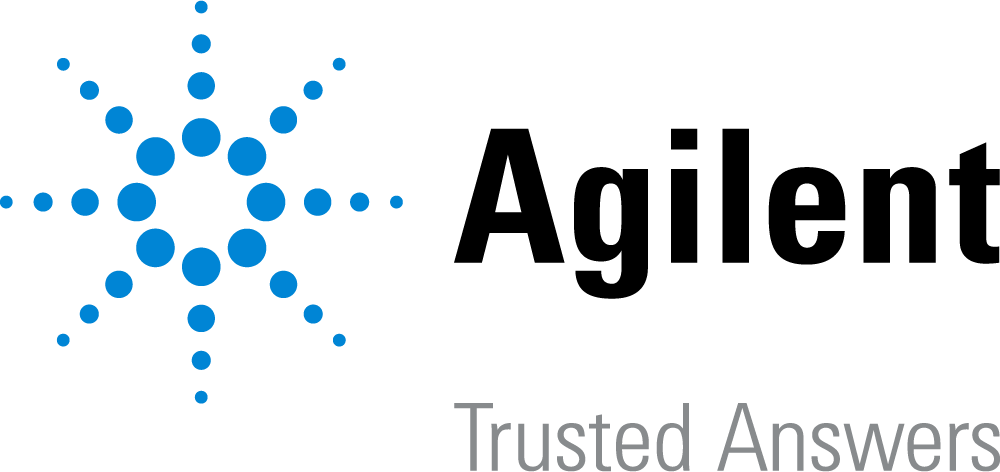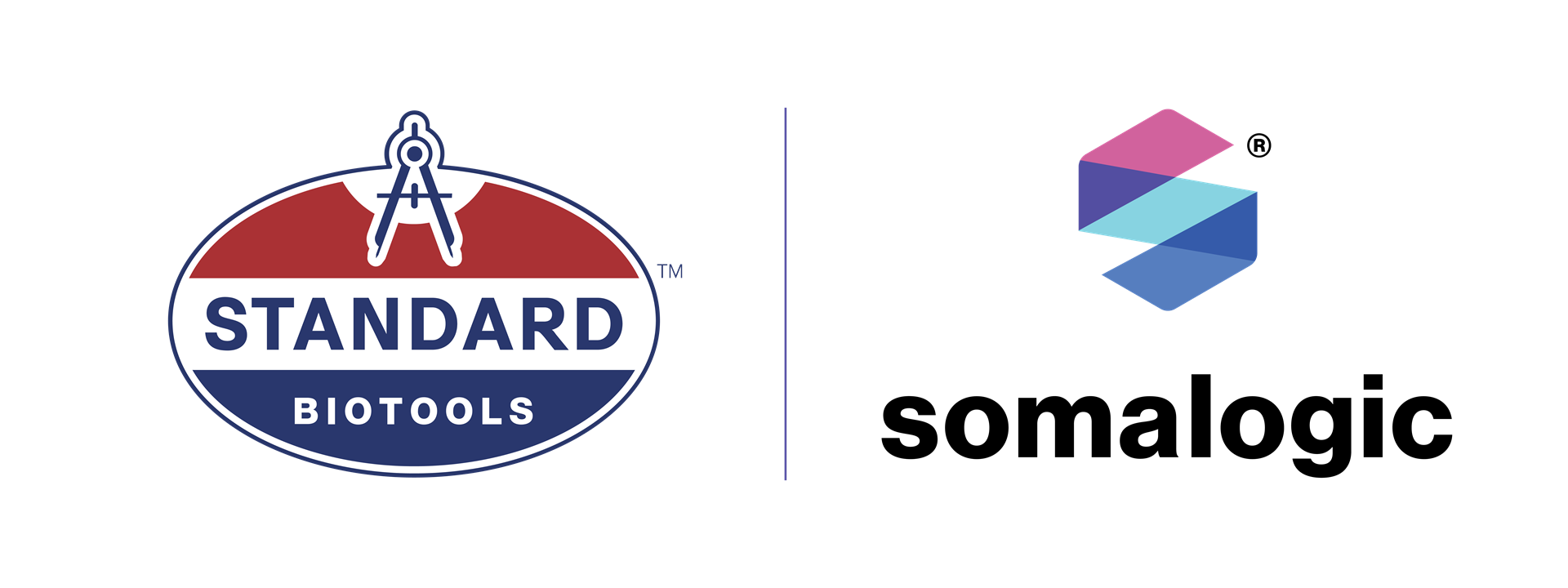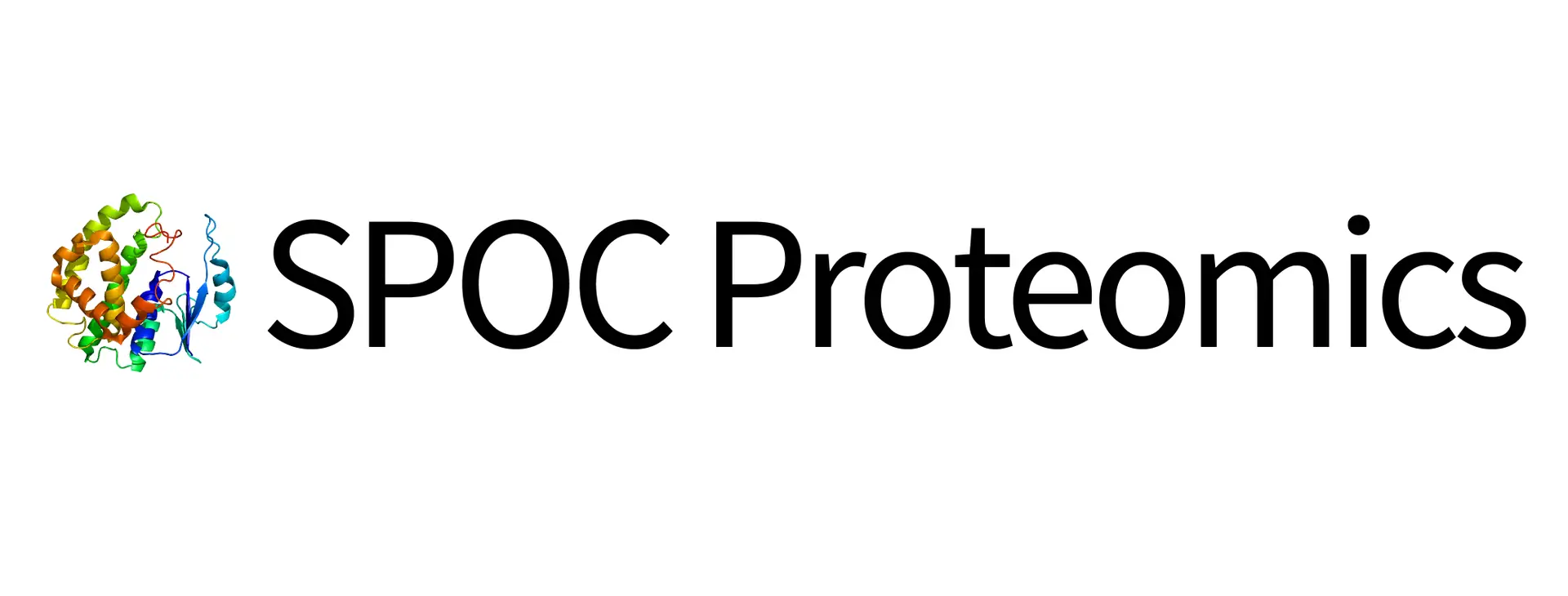The main goal of the new HUPO single-cell proteomics (SCP) initiative is to provide guidance and create a comparative overview of novel mass spectrometry (MS)-based low-input and single-cell technologies. After the first reports of SCP with large cells (i.e., oocytes) the field has quickly moved to ever more comprehensive analysis of single mammalian cells or even subcellular components.1–3 A variety of workflows have since demonstrated valuable insights into cellular identities and their function, driven entirely by the proteome and their post-translational modifications.4–6 However, deep proteome profiling of single mammalian cells or small subpopulations remains an analytical challenge for most non-specialized laboratories.
The growing interest in the SCP workflows and its application to biological questions has driven the initiation of this international SCP initiative. Our team is comprised of a diverse group of early, middle and advanced level scientists with growing expertise in diverse workflows and instrumentation. We aim to provide a comparative overview of current SCP approaches for the community to ease the implementation in more laboratories and integration to novel biological projects. Considering the ongoing trend away from bulk analysis towards resolving cellular heterogeneity, we believe that such unifying efforts will drive the understanding of complex tissue hierarchies and orchestrated spatiotemporal interactions.
To this end, our first goal is to perform a multi-laboratory study, processing the same batch of cells across different platforms and establish the first of such direct comparisons. We will leverage the knowledge of our SCP initiative members, who have pioneered various parts of the SCP workflows, including sample collection and preparation, chromatographic separation, acquisition strategies and analysis approaches.2,3,7–9 We consider utilization of one cell batch especially important for these comparisons, as cell handling and the cell cycle heavily influence cell size and proteome composition.5,10 Our portfolio of SCP workflows will include isobaric multiplexing (i.e. TMT) with one chemical label for multiple cells (i.e. carrier - SCoPE) to facilitate sufficient peptide signal even with less sensitive MS instrumentation.2 Following tremendous improvements in instrument sensitivity and implementation of ion-mobility separation also label-free SCP workflows have been successfully demonstrated.5,11 Those are typically paired with data independent acquisition (DIA), which massively reduces precursor stochasticity in comparison to data dependent acquisition.12 Most standard TMT-based workflows rely on small isolation windows to reduce precursor co-isolation to relatively quantify a single precursor through their reporter ions.13 Scanning speeds of current instrumentation therefore restrict isobaric labeling workflows to DDA, which suffer from detrimental amounts of missing data across large sample cohorts.12 The alternative label-free SCP approaches, however, are notoriously low in throughput as only once cell at a time is being analyzed in comparison to the isobaric labelling strategies (i.e. TMTpro = 18 samples or HyperSCP = 28).14,15 As most applications for SCP require the analysis of hundreds or even thousands of cells, most recently a combination of non-isobaric chemical labeling with DIA allowing for relative quantification between up to three samples at the MS1 level was introduced.16,17 This reduces missingness across a large number of samples while still increasing throughput through multiplexing.
As an alternative to chemical multiplexing, many groups aim to increase measurement throughput by optimizing chromatographic separation. Due to their low input, SCP samples do not require such extensive separation, allowing for the effective gradient length to be reduced in comparison to bulk.5,18–22 Short gradients and most efficient inject-to-inject times has been implemented with the disposable trap columns of the Evosep One. Those are regularly used for SCP workflows, due to the combination of in-line clean up the sample and simultaneous separation of peptides, while the previous sample is still acquired on the MS.5,23,24 SCP initiative team members also most recently demonstrated significantly reduced separation times employing non-commercial alternatives to increase chromatographic throughput.18,21,22 Additionally, to the various acquisition and peptide separation efforts, the SCP community has proposed smart strategy to streamline sample preparation for reduced peptide losses and improved reproducibility.2,7,8,11,20,25–27 Our comparative analysis will therefore include both plate-based sample preparation at higher volumes (i.e. 1-3uL) and dedicated chip or slide based approaches with low nanoliter volumes within dedicated instruments such as the cellenONE and Tecan Uno.3,7,20,27–29
The entire proteomics community, but especially researchers focusing on improvements in SCP, are heavily dependent on instrumentation sensitivity and throughput advances. The introduction of the Thermo Fisher Scientific Astral combining the Orbitrap and a novel asymmetric track lossless analyzer with optimized ion transfer and flight track design was readily awaited.30–32 The combination of 200 Hz scanning speed in the Astral analyzer with the unprecedented resolution of the Orbitrap demonstrates great potential for profiling single cells.32 This now complements SCP studies regularly performed on earlier generation Orbitrap instruments, most recently linear ion trap analyzers and the highly sensitive time-of-flight instruments with trapped ion-mobility separation for operation at 100% duty cycle.3,5,33,34 The latter has been updated this year to the Bruker Daltonics timsTOF Ultra with a more efficient ion source, allowing more ions to enter the instrument and thereby again boosting sensitivity, as well as improving dynamic range.10,35 The combination of instrument vendors striving to improve sensitivity and throughput paired with the introduction of alternative acquisition strategies and outside the box thinking is pushing the field forward every day. Our SCP initiative therefore aims to support further development, provide a comparative overview of many techniques for multidisciplinary scientists and guide study design to make SCP more readily available for the scientific community.
Contributed by Dr. Budnik Bogdan, chair of the B/D-HPP single-cell initiative
References:
1. Lombard‐Banek, C., Moody, S.A., and Nemes, P. (2016). Single-Cell Mass Spectrometry for Discovery Proteomics: Quantifying Translational Cell Heterogeneity in the 16-Cell Frog (Xenopus) Embryo. Angewandte Chemie International Edition 55, 2454–2458. 10.1002/anie.201510411.
2. Budnik, B., Levy, E., Harmange, G., and Slavov, N. (2018). SCoPE-MS: mass spectrometry of single mammalian cells quantifies proteome heterogeneity during cell differentiation. Genome Biology 19. 10.1186/s13059-018-1547-5.
3. Zhu, Y., Clair, G., Chrisler, W.B., Shen, Y., Zhao, R., Shukla, A.K., Moore, R.J., Misra, R.S., Pryhuber, G.S., Smith, R.D., et al. (2018). Proteomic Analysis of Single Mammalian Cells Enabled by Microfluidic Nanodroplet Sample Preparation and Ultrasensitive NanoLC-MS. Angewandte Chemie International Edition 57, 12370–12374. 10.1002/anie.201802843.
4. Specht, H., Emmott, E., Petelski, A.A., Huffman, R.G., Perlman, D.H., Serra, M., Kharchenko, P., Koller, A., and Slavov, N. (2021). Single-cell proteomic and transcriptomic analysis of macrophage heterogeneity using SCoPE2. Genome Biology 22, 50. 10.1186/s13059-021-02267-5.
5. Brunner, A.-D., Thielert, M., Vasilopoulou, C., Ammar, C., Coscia, F., Mund, A., Hoerning, O.B., Bache, N., Apalategui, A., Lubeck, M., et al. (2022). Ultra-high sensitivity mass spectrometry quantifies single-cell proteome changes upon perturbation. Molecular Systems Biology 18, e10798. 10.15252/msb.202110798.
6. Zhu, Y., Scheibinger, M., Ellwanger, D.C., Krey, J.F., Choi, D., Kelly, R.T., Heller, S., and Barr-Gillespie, P.G. (2019). Single-cell proteomics reveals changes in expression during hair-cell development. eLife 8, e50777. 10.7554/eLife.50777.
7. Ctortecka, C., Hartlmayr, D., Seth, A., Mendjan, S., Tourniaire, G., and Mechtler, K. (2022). An automated workflow for multiplexed single-cell proteomics sample preparation at unprecedented sensitivity. 2021.04.14.439828. 10.1101/2021.04.14.439828.
8. Schoof, E.M., Furtwängler, B., Üresin, N., Rapin, N., Savickas, S., Gentil, C., Lechman, E., Keller, U. auf dem, Dick, J.E., and Porse, B.T. (2021). Quantitative single-cell proteomics as a tool to characterize cellular hierarchies. Nat Commun 12, 3341. 10.1038/s41467-021-23667-y.
9. Végvári, Á., Rodriguez, J.E., and Zubarev, R.A. (2022). Single-Cell Chemical Proteomics (SCCP) Interrogates the Timing and Heterogeneity of Cancer Cell Commitment to Death. Anal. Chem. 94, 9261–9269. 10.1021/acs.analchem.2c00413.
10. Evosep (2023). AN-021A - Pushing-the-boundaries-for-robust-and-high-throughput-single-cell-proteomics.pdf. https://www.evosep.com/wp-content/uploads/2022/12/AN-021A-Pushing-the-boundaries-for-robust-and-high-throughput-single-cell-proteomics.pdf.
11. Zhu, Y., Piehowski, P.D., Zhao, R., Chen, J., Shen, Y., Moore, R.J., Shukla, A.K., Petyuk, V.A., Campbell-Thompson, M., Mathews, C.E., et al. (2018). Nanodroplet processing platform for deep and quantitative proteome profiling of 10–100 mammalian cells. Nature Communications 9, 882. 10.1038/s41467-018-03367-w.
12. Muntel, J., Kirkpatrick, J., Bruderer, R., Huang, T., Vitek, O., Ori, A., and Reiter, L. (2019). Comparison of Protein Quantification in a Complex Background by DIA and TMT Workflows with Fixed Instrument Time. J. Proteome Res. 18, 1340–1351. 10.1021/acs.jproteome.8b00898.
13. Savitski, M.M., Mathieson, T., Zinn, N., Sweetman, G., Doce, C., Becher, I., Pachl, F., Kuster, B., and Bantscheff, M. (2013). Measuring and Managing Ratio Compression for Accurate iTRAQ/TMT Quantification. Journal of Proteome Research 12, 3586–3598. 10.1021/pr400098r.
14. Liang, Y., Truong, T., Saxton, A.J., Boekweg, H., Payne, S.H., Van Ry, P.M., and Kelly, R.T. (2023). HyperSCP: Combining Isotopic and Isobaric Labeling for Higher Throughput Single-Cell Proteomics. Anal. Chem. 95, 8020–8027. 10.1021/acs.analchem.3c00906.
15. Li, J., Cai, Z., Bomgarden, R.D., Pike, I., Kuhn, K., Rogers, J.C., Roberts, T.M., Gygi, S.P., and Paulo, J.A. (2021). TMTpro-18plex: The Expanded and Complete Set of TMTpro Reagents for Sample Multiplexing. J Proteome Res 20, 2964–2972. 10.1021/acs.jproteome.1c00168.
16. Derks, J., Leduc, A., Wallmann, G., Huffman, R.G., Willetts, M., Khan, S., Specht, H., Ralser, M., Demichev, V., and Slavov, N. (2022). Increasing the throughput of sensitive proteomics by plexDIA. Nat Biotechnol, 1–10. 10.1038/s41587-022-01389-w.
17. Thielert, M., Itang, E.C., Ammar, C., Rosenberger, F.A., Bludau, I., Schweizer, L., Nordmann, T.M., Skowronek, P., Wahle, M., Zeng, W.-F., et al. (2023). Robust dimethyl-based multiplex-DIA doubles single-cell proteome depth via a reference channel. Molecular Systems Biology n/a, e11503. 10.15252/msb.202211503.
18. Zheng, R., Matzinger, M., Mayer, R., Valenta, A., Sun, X., and Mechtler, K. (2023). A high-sensitivity low-nanoflow LC-MS configuration for high-throughput sample-limited proteomics. 2023.04.27.538542. 10.1101/2023.04.27.538542.
19. Xiang, P., Zhu, Y., Yang, Y., Zhao, Z., Williams, S.M., Moore, R.J., Kelly, R.T., Smith, R.D., and Liu, S. (2020). Picoflow Liquid Chromatography–Mass Spectrometry for Ultrasensitive Bottom-Up Proteomics Using 2-μm-i.d. Open Tubular Columns. Anal. Chem. 92, 4711–4715. 10.1021/acs.analchem.9b05639.
20. Matzinger, M., Müller, E., Dürnberger, G., Pichler, P., and Mechtler, K. (2022). Robust and easy-to-use one pot workflow for label free single cell proteomics. 2022.10.03.510693. 10.1101/2022.10.03.510693.
21. Kreimer, S., Binek, A., Chazarin, B., Cho, J.H., Haghani, A., Hutton, A., Marbán, E., Mastali, M., Meyer, J.G., Mesquita, T., et al. (2023). High-Throughput Single-Cell Proteomic Analysis of Organ-Derived Heterogeneous Cell Populations by Nanoflow Dual-Trap Single-Column Liquid Chromatography. Anal. Chem. 95, 9145–9150. 10.1021/acs.analchem.3c00213.
22. Webber, K.G.I., Truong, T., Johnston, S.M., Zapata, S.E., Liang, Y., Davis, J.M., Buttars, A.D., Smith, F.B., Jones, H.E., Mahoney, A.C., et al. (2022). Label-Free Profiling of up to 200 Single-Cell Proteomes per Day Using a Dual-Column Nanoflow Liquid Chromatography Platform. Anal. Chem. 10.1021/acs.analchem.2c00646.
23. Bache, N., Geyer, P.E., Bekker-Jensen, D.B., Hoerning, O., Falkenby, L., Treit, P.V., Doll, S., Paron, I., Müller, J.B., Meier, F., et al. (2018). A Novel LC System Embeds Analytes in Pre-formed Gradients for Rapid, Ultra-robust Proteomics. Molecular & Cellular Proteomics 17, 2284–2296. 10.1074/mcp.TIR118.000853.
24. Ye, Z., Sabatier, P., Martin-Gonzalez, J., Eguchi, A., Bekker-Jensen, D.B., Bache, N., and Olsen, J.V. (2023). One-Tip enables comprehensive proteome coverage in minimal cells and single zygotes. 2023.08.10.552756. 10.1101/2023.08.10.552756.
25. Johnson, K.R., Gao, Y., Greguš, M., and Ivanov, A.R. (2022). On-capillary Cell Lysis Enables Top-down Proteomic Analysis of Single Mammalian Cells by CE-MS/MS. Anal. Chem. 10.1021/acs.analchem.2c03045.
26. Johnston, S.M., Webber, K.G.I., Xie, X., Truong, T., Nydegger, A., Lin, H.-J.L., Nwosu, A., Zhu, Y., and Kelly, R.T. (2023). Rapid, One-Step Sample Processing for Label-Free Single-Cell Proteomics. J. Am. Soc. Mass Spectrom. 34, 1701–1707. 10.1021/jasms.3c00159.
27. Sanchez-Avila, X., Truong, T., Xie, X., Webber, K.G.I., Johnston, S.M., Lin, H.-J.L., Axtell, N.B., Puig-Sanvicens, V., and Kelly, R.T. (2023). Easy and Accessible Workflow for Label-Free Single-Cell Proteomics. J. Am. Soc. Mass Spectrom. 10.1021/jasms.3c00240.
28. Leduc, A., Huffman, R.G., Cantlon, J., Khan, S., and Slavov, N. (2022). Exploring functional protein covariation across single cells using nPOP. Genome Biology 23, 261. 10.1186/s13059-022-02817-5.
29. Dou, M., Clair, G., Tsai, C.-F., Xu, K., Chrisler, W.B., Sontag, R.L., Zhao, R., Moore, R.J., Liu, T., Pasa-Tolic, L., et al. (2019). High-Throughput Single Cell Proteomics Enabled by Multiplex Isobaric Labeling in a Nanodroplet Sample Preparation Platform. Anal. Chem. 91, 13119–13127. 10.1021/acs.analchem.9b03349.
30. Stewart, H., Grinfeld, D., Giannakopulos, A., Petzoldt, J., Shanley, T., Garland, M., Denisov, E., Peterson, A., Damoc, E., Zeller, M., et al. (2023). Parallelized Acquisition of Orbitrap and Astral Analyzers Enables High-Throughput Quantitative Analysis. 2023.06.02.543408. 10.1101/2023.06.02.543408.
31. Heil, L.R., Damoc, E., Arrey, T.N., Pashkova, A., Denisov, E., Petzoldt, J., Peterson, A., Hsu, C., Searle, B.C., Shulman, N., et al. (2023). Evaluating the performance of the Astral mass analyzer for quantitative proteomics using data independent acquisition. 2023.06.03.543570. 10.1101/2023.06.03.543570.
32. Petrosius, V., Aragon-Fernandez, P., Arrey, T.N., Üresin, N., Furtwängler, B., Stewart, H., Denisov, E., Petzoldt, J., Peterson, A.C., Hock, C., et al. (2023). Evaluating the capabilities of the Astral mass analyzer for single-cell proteomics. 2023.06.06.543943. 10.1101/2023.06.06.543943.
33. Phlairaharn, T., Ye, Z., Krismer, E., Pedersen, A.-K., Pietzner, M., Olsen, J.V., Schoof, E.M., and Searle, B.C. (2023). Optimizing Linear Ion-Trap Data-Independent Acquisition toward Single-Cell Proteomics. Anal. Chem. 10.1021/acs.analchem.3c00842.
34. Phlairaharn, T., Grégoire, S., Woltereck, L.R., Petrosius, V., Furtwängler, B., Searle, B.C., and Schoof, E.M. (2022). High Sensitivity Limited Material Proteomics Empowered by Data-Independent Acquisition on Linear Ion Traps. J. Proteome Res. 21, 2815–2826. 10.1021/acs.jproteome.2c00376.
35. Bruker Daltonik (2023). 1901442-timstof-ultra-ebook-rev2.pdf. https://www.bruker.com/en/products-and-solutions/mass-spectrometry/timstof.html.


.png)

















